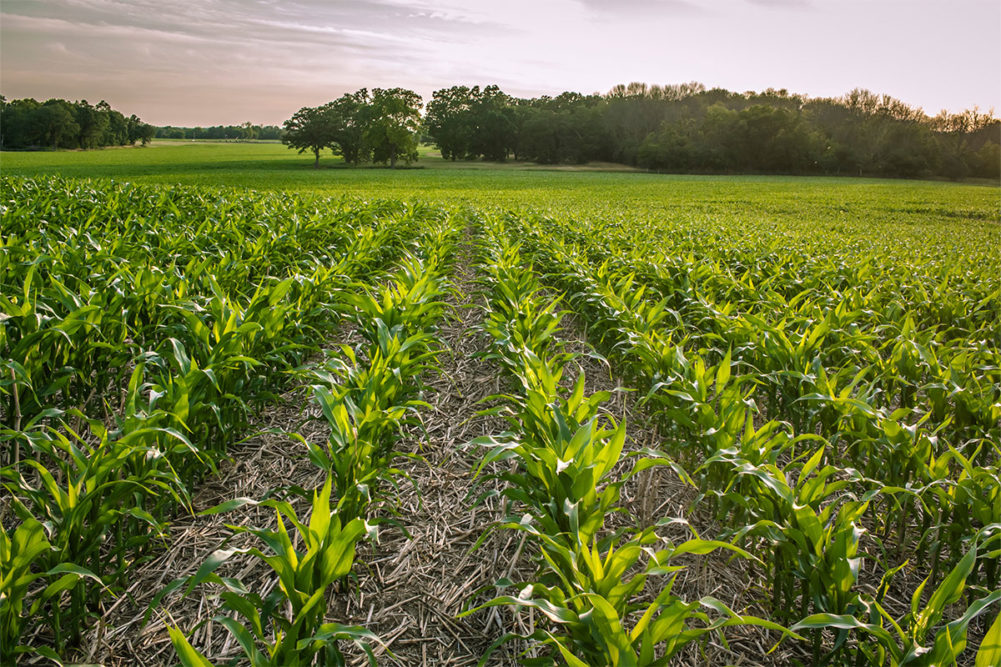
A trend building momentum in 2021, regenerative agriculture has stoked intensifying interest this year. That the movement is gaining traction and evolving was evident at the Natural Products Expo West last month. Still, public awareness of regenerative agriculture is lacking.
Advocates include the Ardmore, Okla.-based Noble Research Institute, which defines regenerative agriculture as “the process of restoring degraded soils using practices based on ecological principles.” It requires managing a farm or a ranch by considering the interactions among the soil, water, plants, animals and humans as interconnected pieces of one system. Noble contrasts regenerative agriculture with organic agriculture, which does not specifically focus on rebuilding soil.
Bridging this gap, Regenerative Organic certification has been introduced, and a review in a recent issue of Food Business News of trends displayed at Expo West identified the Regenerative Organic Certified seal as prominent on products of several exhibitors. Airly, St. Louis, markets cheddar cheese crackers made with ingredients produced using regenerative agriculture practices. Navitas Organics, Novato, Calif., is offering Regenerative Organic Certified cacao powder. The company partners with farmers using holistic and indigenous practices that increase biodiversity and preserve natural resources. Philosopher Foods, Santa Cruz, Calif., launched the first-to-market Regenerative Organic Certified stone-ground chocolate coconut butter. Cattle graze on coconut estates, converting weeds and grass into manure, which stimulates growth of plant roots and sequesters carbon dioxide.
In the months leading up to Expo West, more conventional initiatives were announced to encourage broader adoption of regenerative agriculture (though not necessarily regenerative organic). In February, Kellogg said it was investing $2 million in a five-year program paying growers to use regenerative agriculture practices to reduce greenhouse gas emissions in the production of rice in the Lower Mississippi River Basin. Nestle announced plans for a Nestle Institute of Agricultural Sciences in Switzerland to identify new agricultural technologies to help the agricultural sector transition toward a regenerative food system. General Mills is targeting 1 million acres in regenerative agricultural production by 2030, and Cargill is paying producers to adopt regenerative ag practices.
Greg Heckman, chief executive officer of Bunge Ltd., in December said makers of fuel, feed and food all are motivated to incentivize sustainable agriculture. “They’re all trying to lower their CI (carbon intensity) score,” he said. That, in turn, will lead Bunge to work “all the way down the value chain, including with our farmer customer at the production level to change practices and to create regenerative ag.” In June 2021, Ardent Mills LLC announced a major expansion in its regenerative agricultural program and five months later said it had enrolled 37,480 acres toward a target of 250,000 acres.
As the business community marches forward in support of regenerative agriculture, enlisting growers to adopt a new approach toward the cultivation of their land, questions have been raised over whether the public’s interest in and support for the trend have been advancing as well. A recent survey suggests the answer is not much, so far. In December, the International Food Information Council interviewed 1,000 adults to gauge their knowledge of and interest in agricultural concepts including regenerative agriculture. Only 19% of respondents were familiar with the term regenerative agriculture, versus 59% for organic farming and 52% with sustainable farming. Even after the term was explained, only 35% of consumers said they were somewhat or highly likely to pay extra for a product if it were certified as made with regenerative agriculture. On a positive note, two thirds of respondents demonstrated interest in learning more about the subject. Informing and building public support will be as crucial as convincing growers of the merits of regenerative agriculture if this promising approach to food production is to reach its potential.






